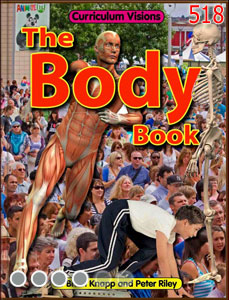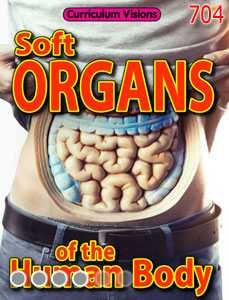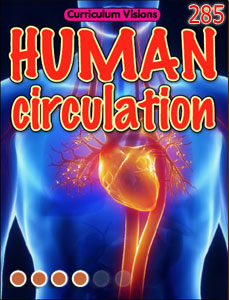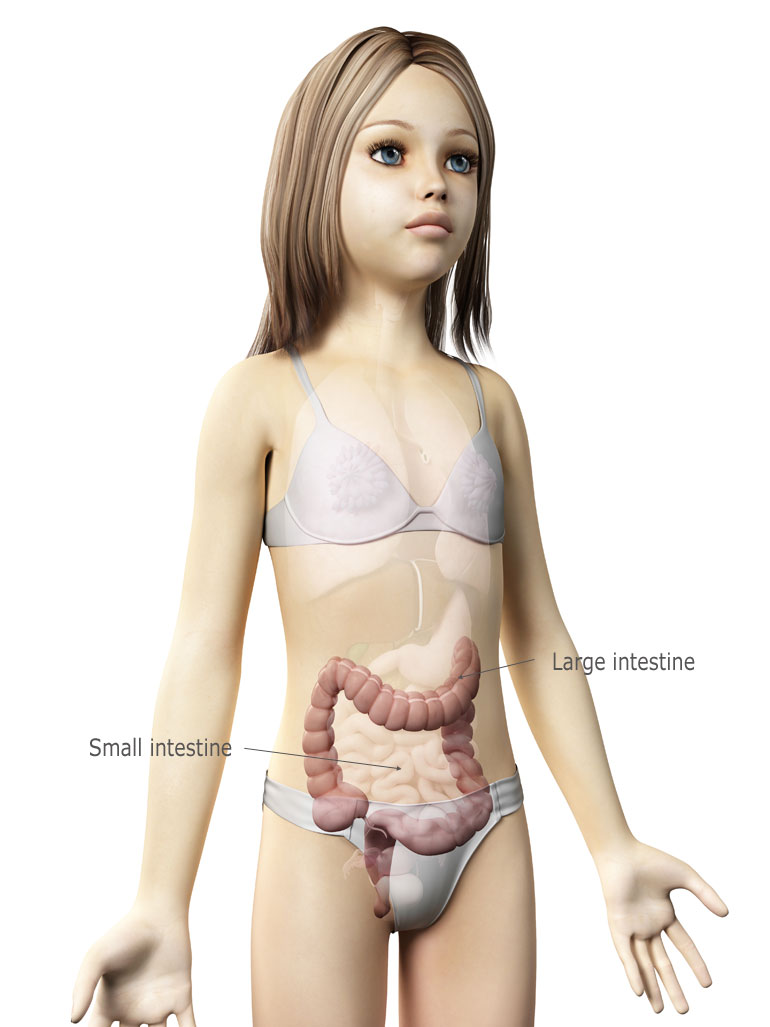The intestines are the extremely long corrugated tubes that are wrapped about in your lower abdomen under your stomach. They are made of the very long small intestine, and the final, larger diameter part, called the large intestine. People often call the intestines ‘the guts’ or the ‘bowels’.
The small intestine is about 7m/8yd long and receives food from the stomach. The area of the inside of this tube is about 30 square metres or 232 square feet, about a tenth of the area of a tennis court. Its main job is to pull the products of digestion coming from the stomach, through the gut wall and into the bloodstream. The bloodstream then sends this nourishment all over the body to where it is needed. The top end of the gut (called the duodenum) releases an antacid to neutralise the acid from the stomach. The liquid passing through the gut is therefore neutral. When you get ‘heartburn’ it is because the acid level in this area is too high, which is why you take antacid pills.
By the time the digested food leaves the small intestine, about 90% of the water and nearly all of the nourishment in the food have been absorbed back into the body.
The large intestine (also known as the colon) deals with the materials that have not been absorbed by the small intestine. Think of it rather like the garbage truck coming along the street: the material is pushed into it and then compressed before being ejected at the waste depot. As part of this process of compaction it also squeezed out water, so that the mass of waste is smaller. That is why you only have to release this waste about once a day. However, if you get diarrhea, the water removal does not take place and then you excrete a watery liquid waste instead of a solid one.
If you ever wondered why you are told to eat food with lots of fibre in, that is because humans cannot digest fibre, so it goes right through the small intestine. You need to eat food that has lots of fibre in to it so that material reaches the large intestine in large enough amounts to be pushed through regularly. Otherwise toxic wastes can build up in the lower intestine.
Right at the end of this tube is a valve which stays shut until you work the muscles of the abdomen to push material from the large intestine into the toilet.







